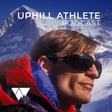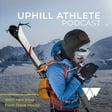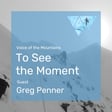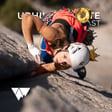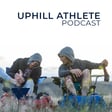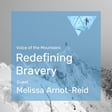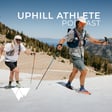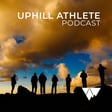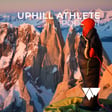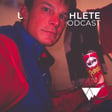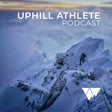
Cody, Wyoming Ice Climbing
Cody Ice Climbing: No Drafting on Pick Holes!
Join Uphill athlete co-founder Steve House for a discussion with UA coach John Frieh and South Fork local and guidebook writer for the area, Aaron Mulkey. In this episode they discuss the ice climbing opportunities around Cody, Wyoming. They cover: the logistics of approaching various routes; how a typical day of ice climbing unfolds; things to consider when approaching routes; being prepared for wind, rock fall, and other inclement weather while on route; the differences between Ouray, Hyalite Canyon, and the South Fork; using v-threads for descending; hit list of Cody classics; Cody as a training ground for alpine climbing and consolidating fitness goals; the importance of aerobic fitness in approaching South Fork routes.
